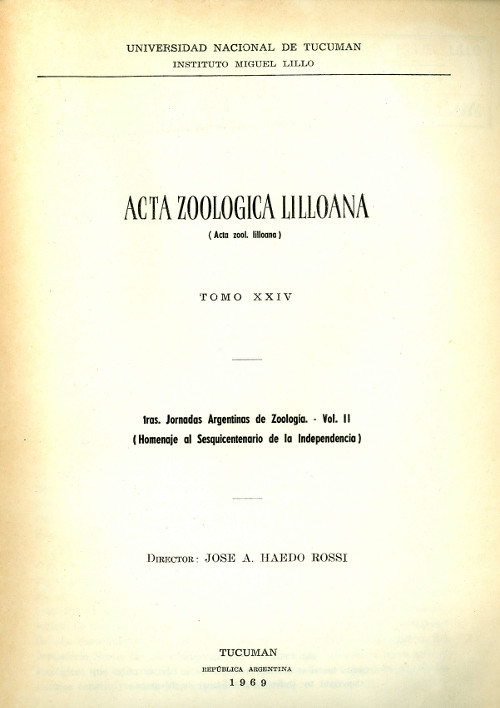Actual approximation levels in non morphologic systematics
Keywords:
Non-morphologic systematicsAbstract
The author recalls that non morpho-logical systematics already began at the dawn of the century with Nuttall's discoveries in the field of serology. From then on, biochemistry provided a wide array of fields and methods which?made a major part of the New Systematics. However, the New Systematics is not "antimorphological" but merely "anti-typological". The electrophoresis is one of the most useful techniques. Methods have been devised for different taxonomic levels. Some proved class characters and others revealed population specificities. As a by-product, some interesting ecological correlations has been also dis-covered: high rates of albumine in terrestrial animals for instance. Chromatography also yielded very important results, for instance in the comparative study of the skin poisons of the Amphibians. Finally, the author cites the precipitine tests as used by Boyden and his collaborators. Amongst the most striking results in this line of investigation, are the suggestion that Phyllomedusa is actually more closely related to Bufo than to Hyla, the confirmation of a Ceratophryid "cluster" with the additional hint that Odontophrynus does not belong to it. Here again, the method can be accurate enough to detect inter-populational differences.
Downloads
Downloads
Published
How to Cite
Issue
Section
License
Copyright (c) 2022 Fundación Miguel Lillo

This work is licensed under a Creative Commons Attribution-NonCommercial-NoDerivatives 4.0 International License.





